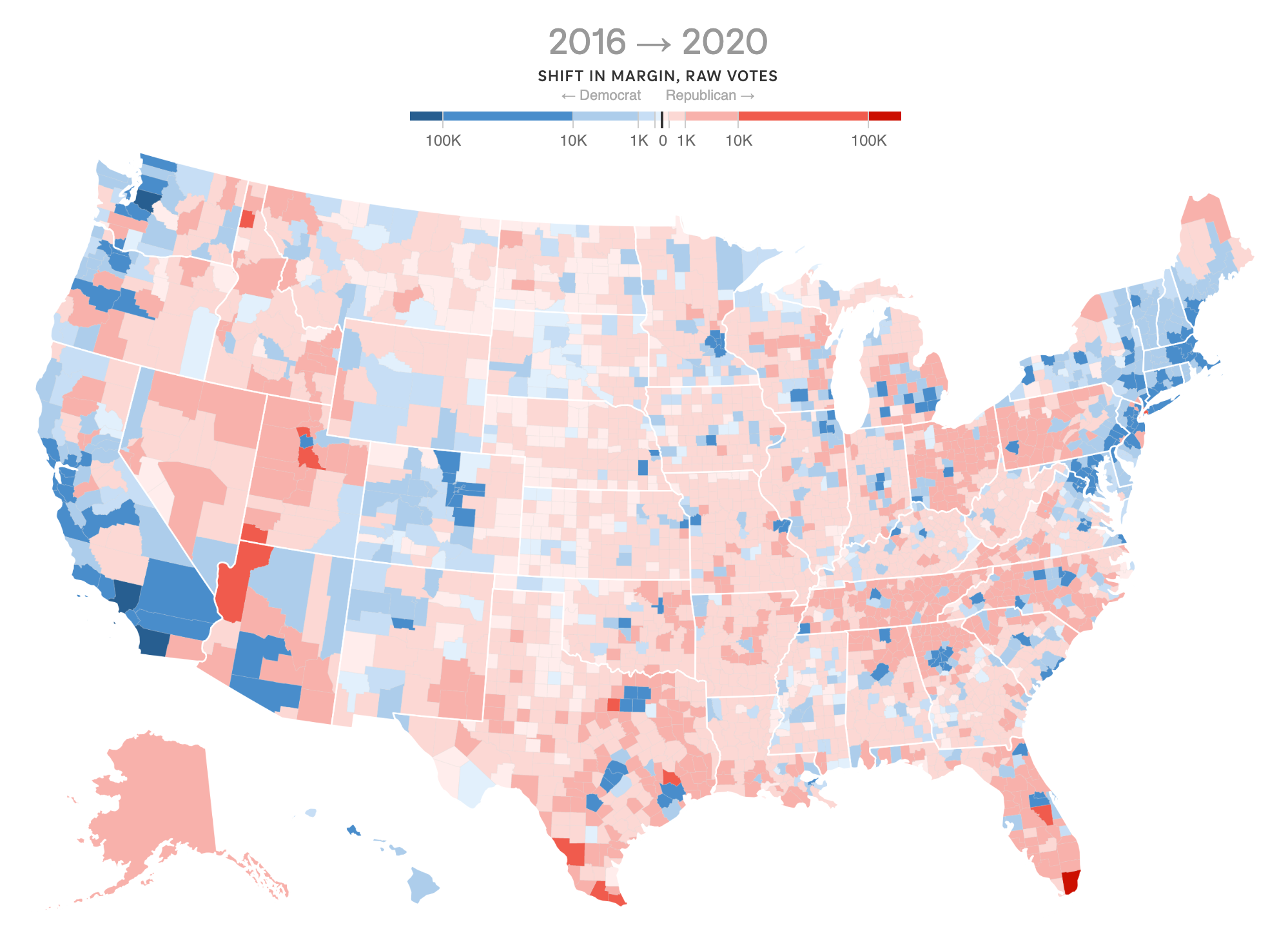The battle for America’s political future is being waged in a handful of fiercely contested swing states, where razor-thin margins and shifting demographics are keeping both parties on edge—even in an off-election year like 2025.
The New Swing State Power Players
Forget the old map. In 2025, the list of swing states is both familiar and evolving. According to recent analyses,
Arizona, Georgia, Michigan, Nevada, Pennsylvania, and Wisconsin remain the core battlegrounds, with
North Carolina rapidly gaining ground as a state to watch. Meanwhile, former swing states like Florida and Ohio have drifted into reliably Republican territory, leaving them largely out of the national spotlight.
What makes these states so pivotal? It’s not just their electoral votes—it’s the volatility. In the 2024 presidential race, margins in these states were razor-thin, with some decided by less than a single percentage point. For example, Arizona flipped back to Republicans after a brief Democratic win in 2020, while Georgia’s Atlanta suburbs kept the state competitive despite a Trump victory.
Suburbs and Latino Voters: The Deciders
The real story behind these swing states is demographic transformation.
Suburban growth is reshaping the political landscape, especially in metro areas like Atlanta, Phoenix, Charlotte, and Raleigh. These suburbs have added hundreds of thousands of new voters—many of them younger, college-educated, and more likely to lean Democratic. In Georgia alone, the Atlanta suburbs grew by over 300,000 registered voters from 2012 to 2020, a trend that continued into 2024.
Latino voters are another force to be reckoned with, particularly in Arizona, Nevada, and North Carolina. Republicans made notable gains with Latino men in 2024, especially those working in trades and energy, while Democrats held strong with Latina women and younger Latino voters. The result? Narrower margins and a more unpredictable electorate.
The Urban-Rural Divide and Key Issues
The classic urban-rural split is alive and well. Cities like Detroit and Philadelphia remain Democratic strongholds, while rural counties go deep red. The suburbs and small cities are where the real battles are fought—and often won.
In 2024,
abortion rights and
economic anxiety were the defining issues. Ballot measures on abortion access in Arizona and Nevada drove Democratic turnout, while Republicans leaned into inflation and economic populism. College-educated women, in particular, prioritized abortion rights, while rural voters focused on pocketbook issues.
Media Wars and Misinformation
The fight for swing state voters isn’t just happening at the ballot box—it’s raging in the media, too. Both parties are investing heavily in local news operations and digital advertising. Democrats, for example, have backed networks of local news sites in battleground states, blending community coverage with partisan messaging. Meanwhile, experts warn that weak regulations on political ads and the rise of deepfakes are making it harder for voters to separate fact from fiction.
What’s Next for Swing States?
With the 2024 election barely in the rearview mirror, strategists from both parties are already eyeing 2028. The suburbs will remain ground zero for campaign efforts, and the fight for Latino voters is only intensifying. Expect more targeted messaging, more money, and more attention on these battlegrounds than ever before.
For voters in swing states, the spotlight isn’t going anywhere. Their choices will continue to shape the nation’s direction—and keep the rest of us watching, breathless, every election night.
Sources
1. What Are the Current Swing States in 2025, and How Have They ...
2. Democrats' swing-state local news ploy - Axios
3. Election 2025 Results: Democrats Win in New York, NJ and Virginia
4. In the News - IDJC – Syracuse University
5. Why the DOJ's cases against Trump for election interference never ...
